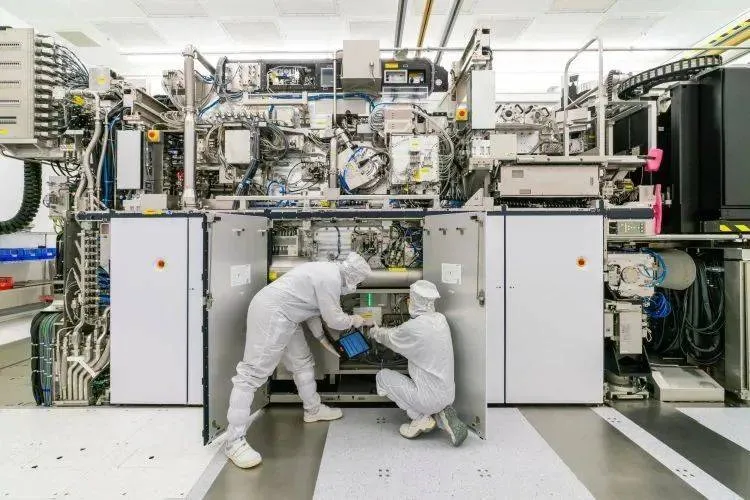See how "active aging" is possible, Xuelin's essay | From "Uncle Diving" to "Aunt Pantou"
After the "Uncle Diving" who became popular on the Internet this summer retired, the "Aunt Pantou" walking in the alleys and streets became popular this autumn.
Some media commented that these elders and aunts demonstrated their talents and vitality through colorful activities and methods, changing some netizens' stereotypes about the elderly, and also demonstrated the infinite possibilities of "active aging."
As early as 2002, the World Health Organization advocated the concept of “active aging”. The traditional "negative view of aging" one-sidedly emphasizes the difficulties caused by an aging society, such as the reduction of the working population, the increase in social pension and medical costs, etc.; as a scientific, active and promising view of aging, "active aging" is more In order to emphasize the shift from passive responses to moving forward, the focus is on exerting the social value of the elderly population.
In terms of the structural characteristics of the elderly population, Shanghai has its own characteristics. This determines that we can explore new ways in "active aging".
On the one hand, Shanghai has a relatively large proportion of young and elderly people, with the young elderly population aged 60 to 69 accounting for more than half of the city’s elderly population. This group has skills, experience and wisdom and can play an important role in social construction, community development and family tradition building.
On the other hand, the elderly population in Shanghai has a high income level, relatively abundant asset stocks, and an average education level higher than the national average. The labor participation rate is lower than the national average, and they have higher demand for quality elderly care services. This has put forward higher requirements for the supply of elderly care services in Shanghai, and has also effectively expanded the development space.
At the same time, there are a large number of elderly people living alone and alone in Shanghai's elderly population. This means that there is a stronger demand for the development of socialized elderly care services.
In recent years, under the guidance of the national strategy of actively responding to the aging population, Shanghai has taken the construction of an age-friendly city as a breakthrough and has continuously come up with practical and hard measures.
For example, we have established a dense elderly care service supply network. Data shows that Shanghai currently has 729 elderly care institutions, 163,600 elderly care beds, 428 community comprehensive elderly service centers, 825 community day care centers, 305 community elderly canteens, and 1,303 elderly meal assistance points, covering both urban and rural areas. , a diverse and generally accessible basic elderly care service system has been basically formed.
In order to meet the special needs of the elderly with cognitive impairment and other special needs, Shanghai has taken the lead in building elderly cognitive impairment care beds since 2018, and has taken the lead in piloting the construction of elderly cognitive impairment-friendly communities since 2019. As of 2022, a total of 9,438 cognitive impairment care beds will be built. It is expected that the number of beds will increase to 15,000 in the next three years.
In order to make the elderly living at home more comfortable and safer, Shanghai has been piloting new aging-friendly home environment renovations since 2019, transforming the home environment for the elderly at discounted or even free prices. By 2022, more than 13,000 households in the city will have completed aging-friendly home renovations.
In addition to carrying out aging-friendly transformation in "hardware" fields such as infrastructure, Shanghai is also actively promoting aging-friendly transformation in "software" fields such as digital intelligent applications. Including, through the implementation of the "Silver Digital Project" for elderly services, the creation of a "Smart Elderly Canteen", the launch of the "1 million elders' intelligent technology application ability improvement action", the launch of the "Sui Shen Xue" WeChat applet for the elderly's digital life, Help the elderly get out of the "digital dilemma".
In general, from improving the community and home-based elderly care systems to piloting long-term care insurance, developing the elderly care industry, and then taking advantage of the opportunities of digital transformation to develop smart elderly care, the context of "big city elderly care" has gradually become clear.
In addition, Shanghai also has a relatively developed medical system, rich and diverse elderly care facilities, relatively high health literacy, and warm humanistic care, etc., which make this international metropolis increasingly friendly to the elderly. City.
However, it should also be noted that there is still a lot of work to be done to implement the concept of “active aging”.
For example, the supply and demand for elderly care in Shanghai are still unbalanced, and there is a large demand for medical care and health care. Although the city is highly civilized, the phenomenon of "age discrimination" still exists.
From the perspective of the life process, aging is not just a matter for the elderly, but an important factor affecting the entire population and the entire life cycle.
For government departments, it is necessary to integrate "active aging" into top-level design and the entire process of aging work, improve the pension and medical security system, and establish a multi-pillar, hierarchical, fair and sustainable aging security service system.
On the one hand, promote the intelligent and diversified development of the elderly care service industry and promote its integration with education, medical, health, culture, tourism and other industries to meet the multi-level needs of the elderly.
On the other hand, we should build a "three-in-one" elderly health service model of prevention, treatment and care, strengthen the construction of elderly medical facilities and service capabilities, and promote active and healthy elderly care.
For the whole society, it is necessary to fully understand the experience, wisdom and other advantages of the elderly, guide people to take a positive view of individual aging and aging trends, and promote the formation of a consensus on "active aging".
At the same time, we should focus on giving full play to the advantages and achievements of the elderly in rural revitalization, community governance, and public welfare activities to widely stimulate social vitality.





